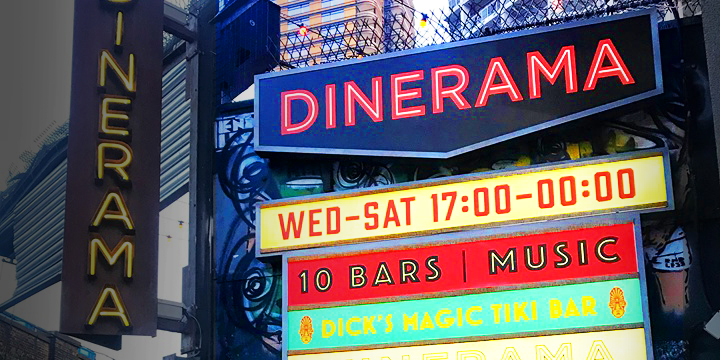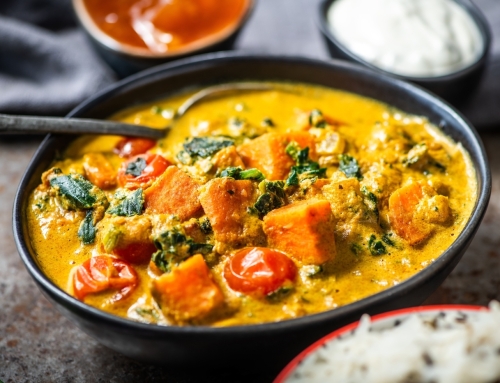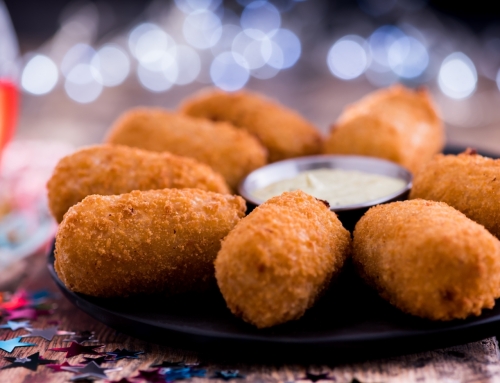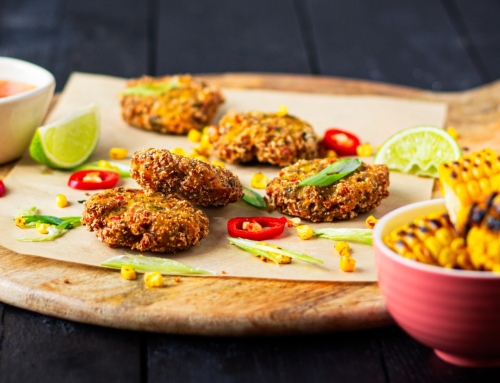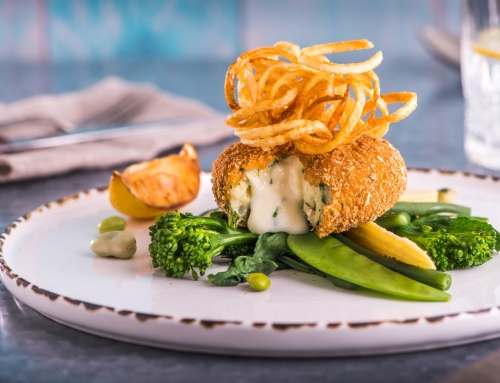Street food has taken the world by storm, with the UK street food market growing +9.1% between 2017 and 2018 (MCA, 2018). Gone are the days when “street food” referred to a late-night kebab or a Mr. Whippy by the sea.
How has street food changed the way we dine?
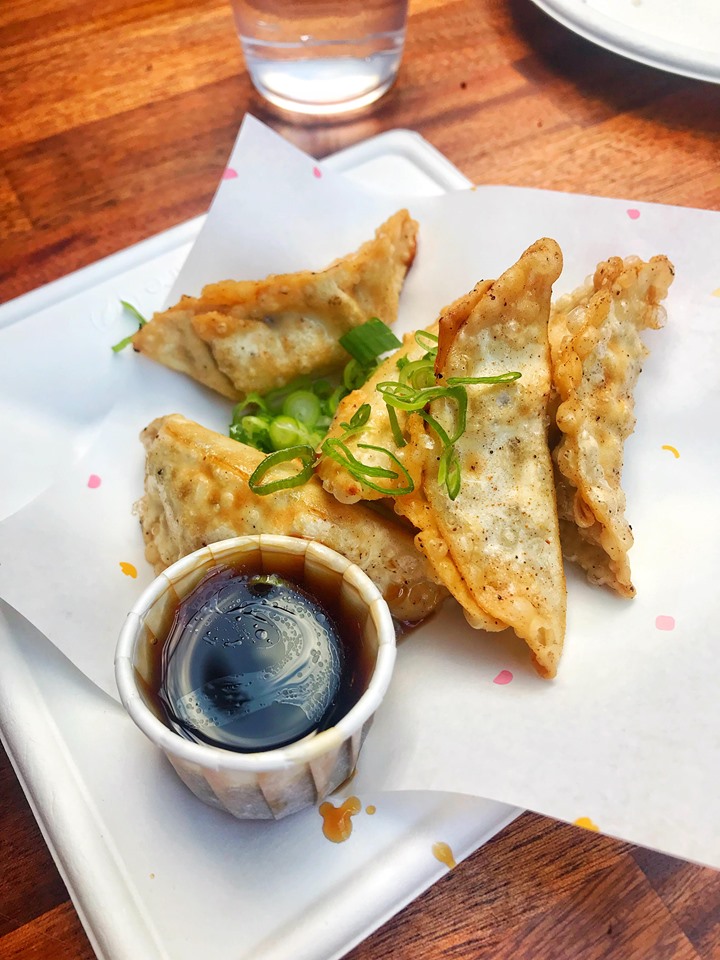
Street food allows diners to pick and choose from a wide range of cuisines.
Today’s street food offers a whole host of culinary delights from across the globe. Street food fits perfectly with the growing preference for casual and on-the-go dining and showcases innovation and flare in the kitchen.
Casual dining has been taken to a whole new level with the emergence of food halls. Vast spaces often occupying disused warehouses, food halls adopt a communal dining format that lets consumers choose between the wide ranges of street food on offer. They successfully blur the line between going out to eat and socialising with friends. These chilled-out foodie hubs embrace social dining by allowing diners to pick, choose and share food from a variety of different vendors.
The flexibility and informality of food halls attracts everyone from solo diners looking for a quick bite, couples in search of exciting new flavours, families looking for somewhere to suit everyone’s tastes, and large groups of friends enjoying a catch up over great food and the wide range of drinks on offer. By hosting DJs and other events throughout the week, food halls create a relaxed atmosphere, break away from traditional dining conventions and allow people to dine at all times of day and late into the night.
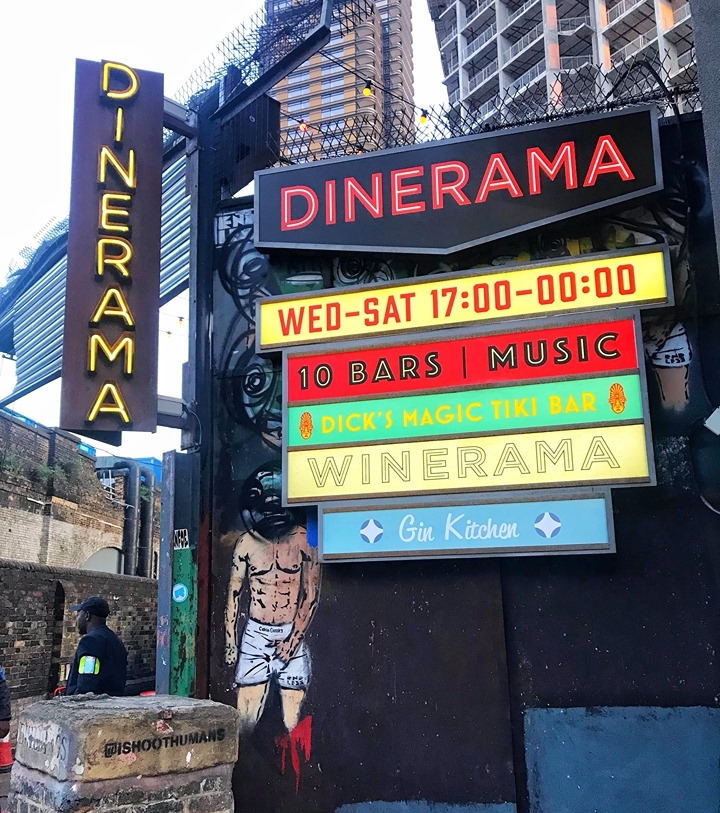
Dinerama Shoreditch offers a host of food outlets and bars across two floors.
The rise of the food hall
A decade ago the mention of ‘food hall’ might have conjured images of shopping centre or service station food courts. Today’s food hall takes on a whole new meaning and is synonymous with adventurous food from talented new chefs.
Food halls are a global phenomenon – the restaurant brand Eataly has locations across the world including New York and will be opening in London in 2020. Lisbon also boasts the Time Out market, one of the most popular tourist attractions in the city. In Australia, venues with mobile food vendors that change each night are a popular concept. A permanent food truck park opened in Perth Mess Hall in May 2019 and Thornbury Food Truck Park in Melbourne has a rotation of over 80 different food trucks to tantalise your taste buds.

Food halls break traditional dining conventions to allow customers to dine at all times of the day.
We couldn’t resist checking out Shoreditch’s Dinerama by Street Feast when we were in London. From fried chicken steamed buns from Yum Bun to To-Fish Tacos from Club Mexicana, we tasted a wide range of delicious dishes. We also paid a visit to Foodhallen in Amsterdam to explore the treats on offer. We particularly enjoyed the Greek Mezze by Maza with its fresh flavours and bright colours.
The food vendors at Foodhallen love the social atmosphere, both between diners and vendors, and they think it’s great to have lots of businesses under one roof providing a mix of different food options. But why the sudden growth in the popularity of food halls?
-
Difficulties on the high street:
With increasing rents and business rates, rising running costs and falling footfall, many up and coming chefs struggle with opening a permanent high-street restaurant. Food halls offer small kitchen spaces and lower running costs, reducing the risk of opening a restaurant in an uncertain economic climate.
-
Convenience:
Convenience is key. With a growing number of different dietary requirements, finding a single place to meet everybody’s needs can be a challenge. Food halls enable groups to disperse, order from different places, and reconvene to eat together, keeping everyone happy.
-
Value for money:
Price is also a contributing factor. With many people reducing the amount they spend on eating out, being able to offer a cheaper option is key to success. On average, a main course and a drink will cost less than £15, considerably cheaper than the average restaurant.
-
Informality:
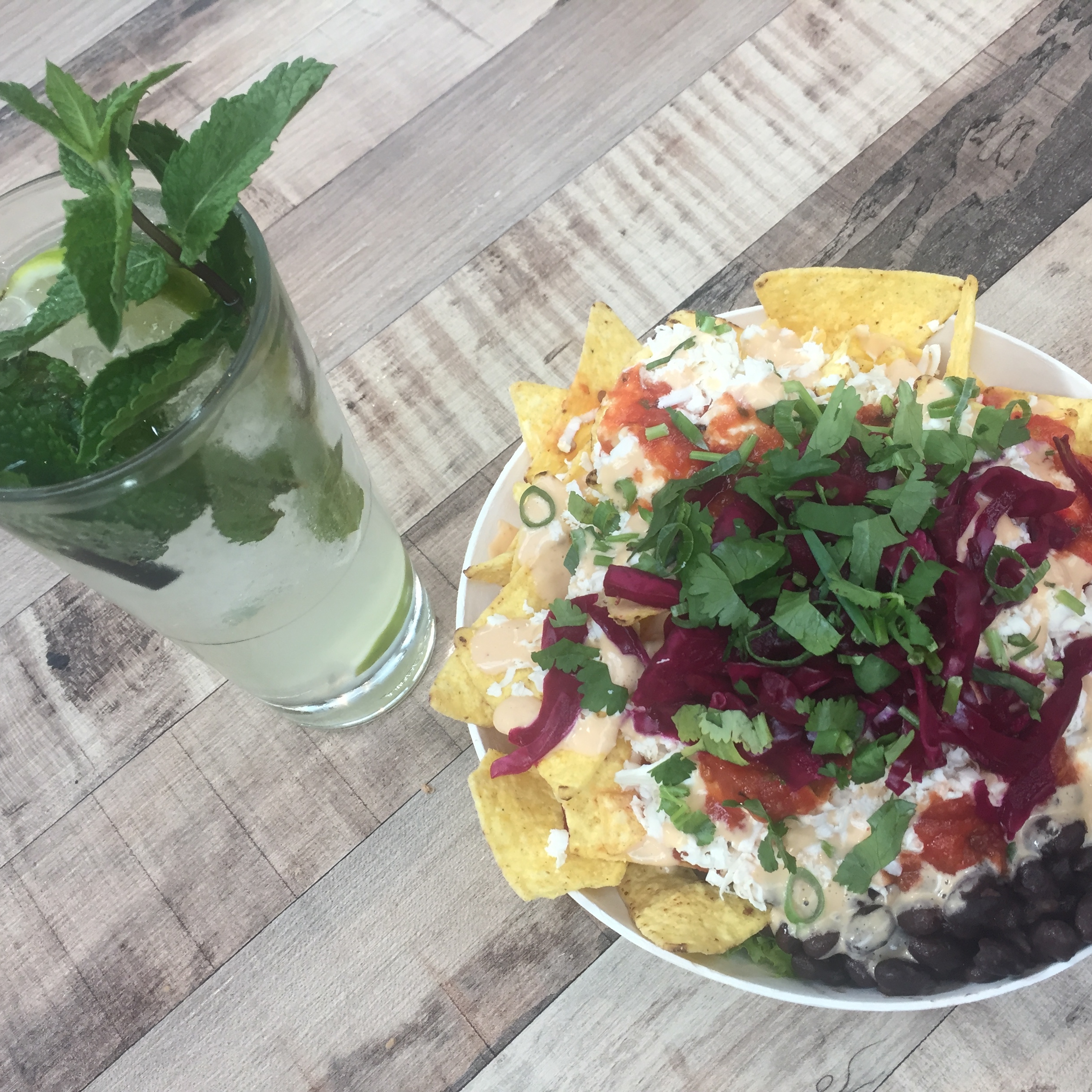
Making your food Instagramable will encourage customers to give you coverage online.
Food halls break the mould of conventional dining by offering a laid-back setting where there is no fixed way to dine, no bookings, no time constraints, and a mix of entertainment. By blending casual socialising and eating out, food halls create a relaxed atmosphere. As life becomes faster-paced, more people are looking to unwind in an informal environment.
-
Instagrammability:
Often cropping up in edgy industrial buildings, alive with the buzz of a crowd and brightly coloured international cuisines, it’s no wonder that food halls provide such great social media content. In an age when sharing your day-to-day life on social media is the norm, having that Instagram wow-factor is a draw for many visitors.
How can I incorporate this trend on my menu?
There are many elements from street food and food halls that can be easily incorporated into your own menus.
Offer light bites:
Day-time menus with smaller plates for a casual bite to eat lets you fill those usually quiet periods of the day by appealing to different groups of diners eating at less traditional times of day. The ability to double up small grazing plates on a casual day-time menu as a starter/tapas option on an evening menu means that you can maximise profitability.

Tapas and Mezze style food appeals to those looking for a more casual and sociable form of eating.
Get on-board with all-day dining:
Think outside the box and beyond conventional dining time constraints. Get on board with the move towards a more sociable and casual dining experience by offering a late afternoon menu or more late-night bites.
Consider offering a take-away service:
Offering a takeaway menu will give your customers extra choice and flexibility. People are busier than ever and helping them to eat on the move will attract those who don’t have the time to dine in.
Embrace Social Media:
Despite some opposition, the urge for diners to share their meal online is too much to resist with many even making their friends and family wait to tuck in so they can get an arty snap of the table. The more user-generated content created about your business the better. Every check-in, every tag, every comment and like builds awareness. As long as the coverage stays positive then that can only mean one thing; more customers through the door. So make sure your food is Instagram worthy!
We have a wide range of vegan, vegetarian, gluten-free and seafood products that make great bar snacks and small plates. To request an On Trend Brochure fill out the online form or call us on 01626 837650.

